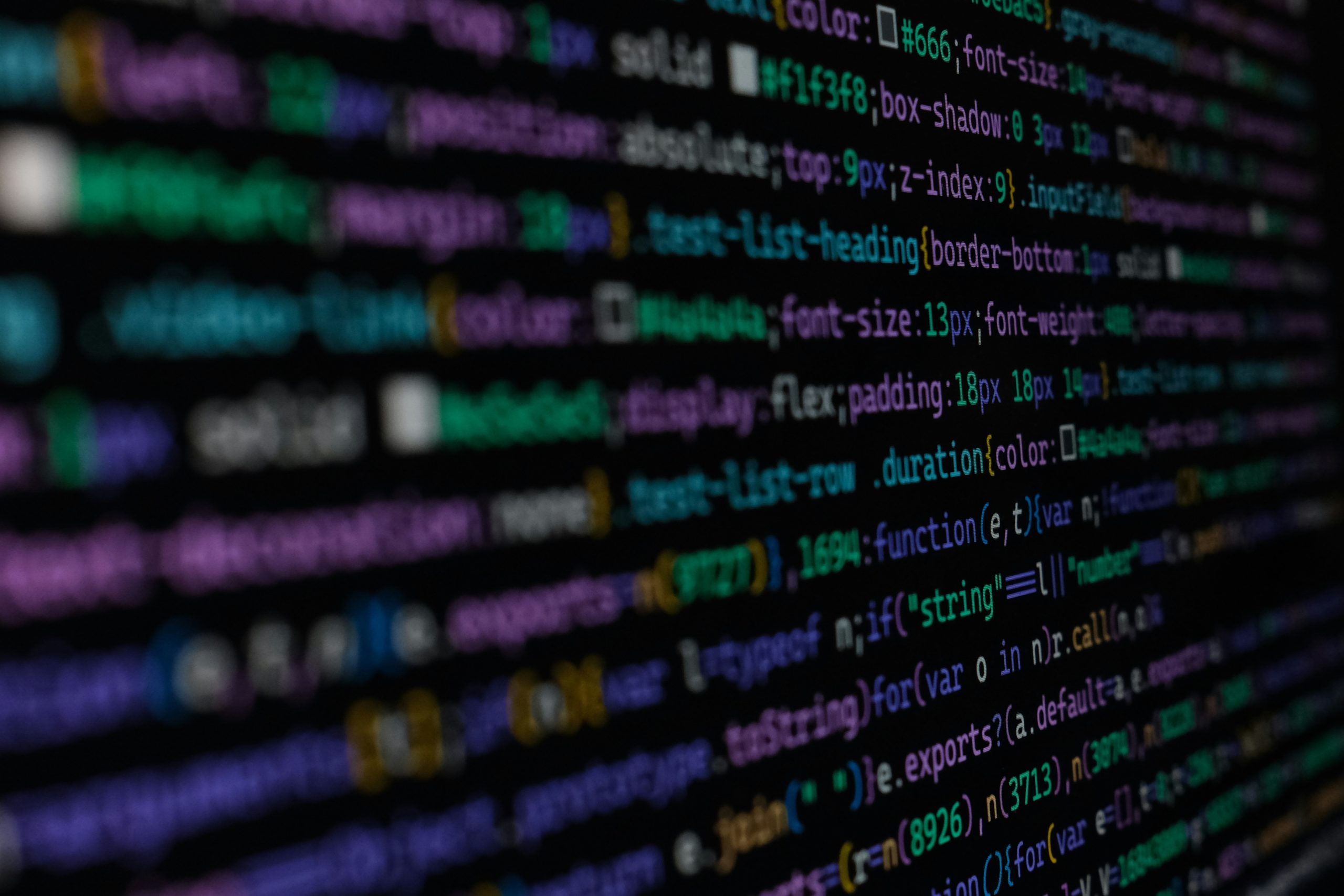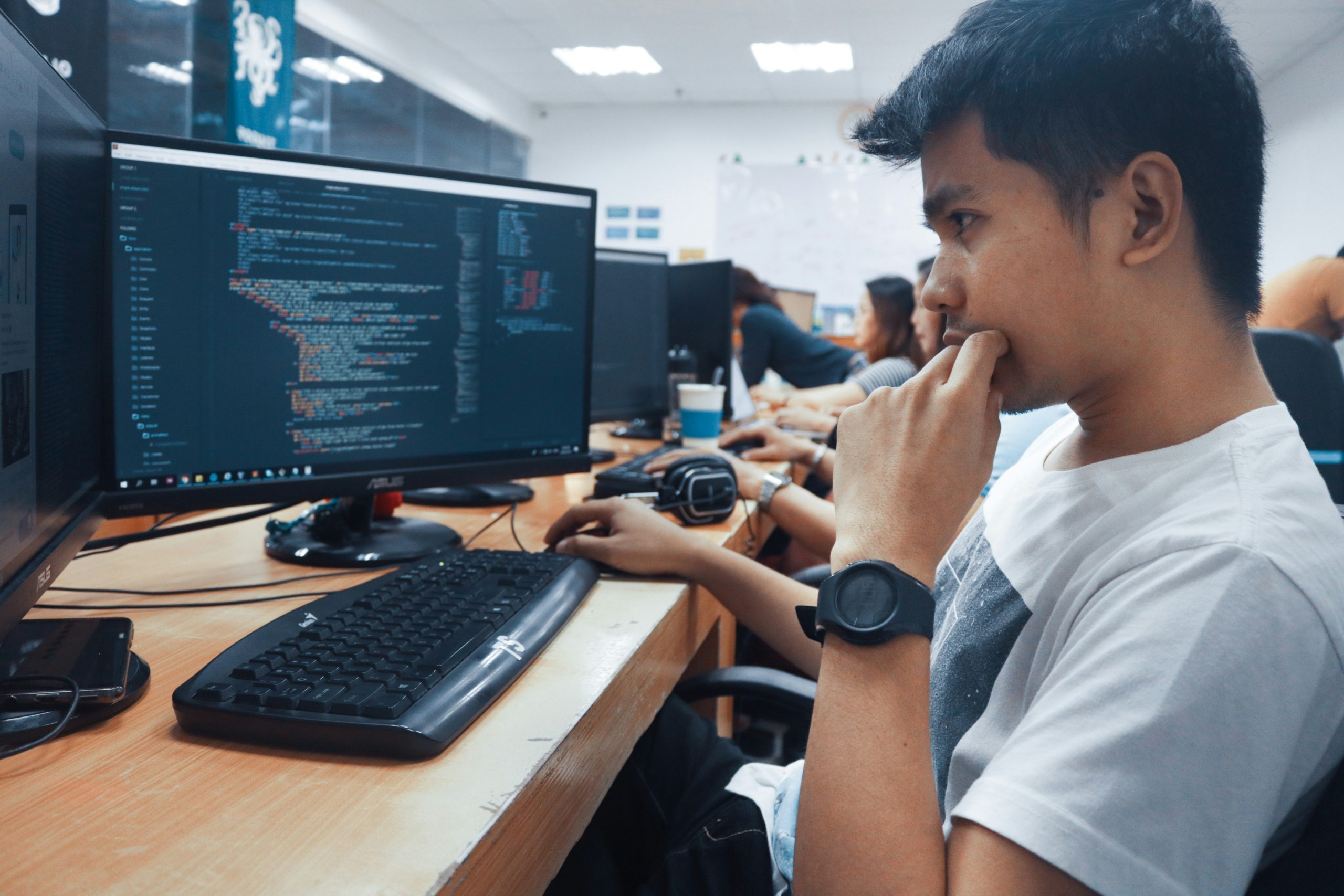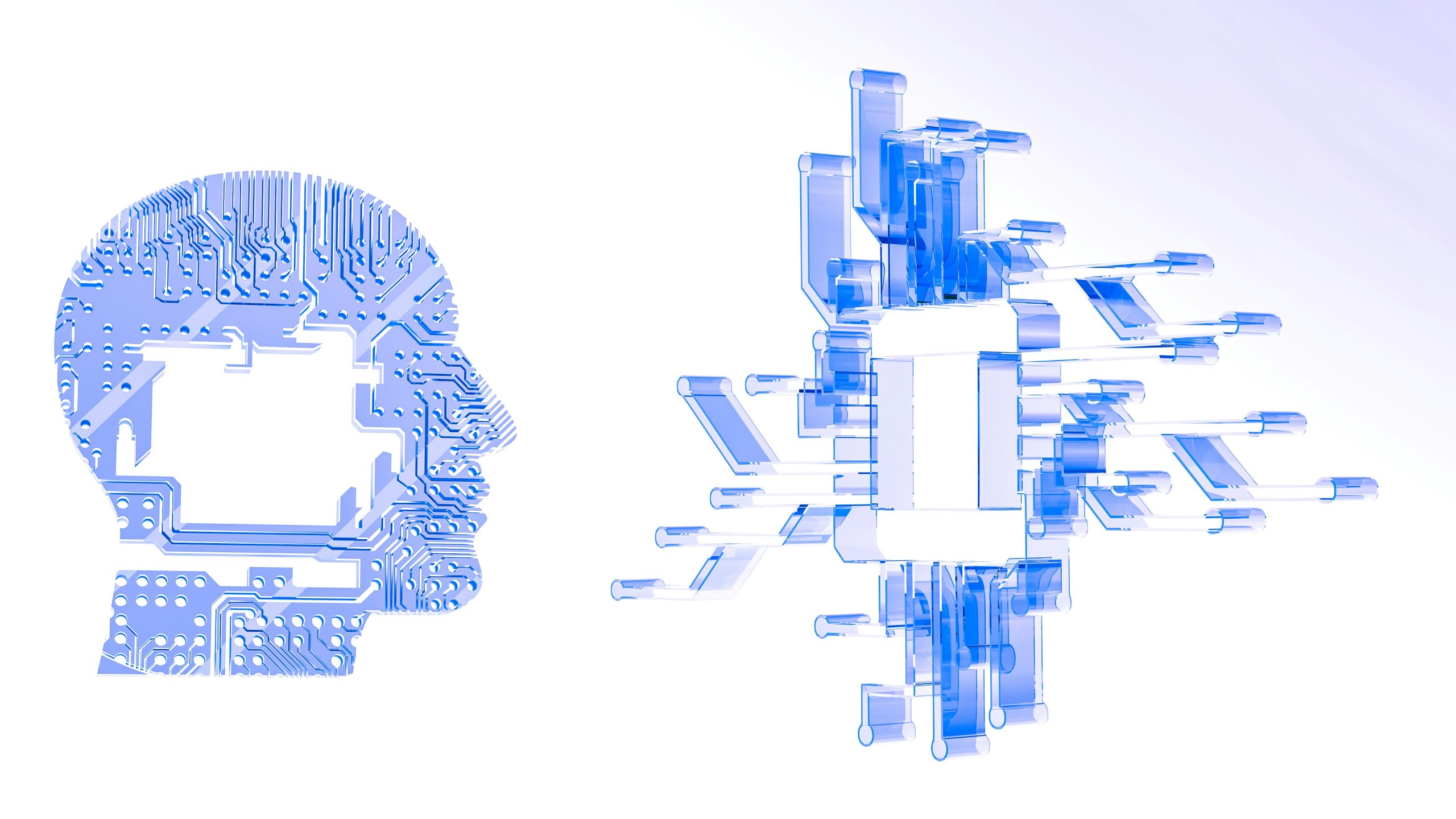Introduction: why AI monitoring matters so much
Day by day, artificial intelligence (AI) — and specifically AI monitoring — is increasingly becoming an integral part of the very fabric of business processes in the contemporary world. Companies all over the globe are discovering a new reality: creating high-powdered algorithms is not enough — successful AI release is contingent on careful, real-time monitoring. For this reason, the significance of monitoring AI systems cannot be overstated. It is the only method through which one can ensure models are not just productive, but also safe, trustworthy, and consistently driven by business goals.
Here’s why AI monitoring is absolutely necessary
- Accountability increases
- Nowadays, more and more business decisions hinge on what AI recommends or does. But unless you are actively monitoring these systems, transparency slips through the cracks — and that can spell trouble for both ethical practices and legal compliance.
- Nowadays, more and more business decisions hinge on what AI recommends or does. But unless you are actively monitoring these systems, transparency slips through the cracks — and that can spell trouble for both ethical practices and legal compliance.
- Anomaly detection before it’s too late
- AI surprises. With real-time verification, teams can intercept off-task or anomalous results the instant they happen — far earlier than the time they sit down to cost you thousands in delays.
- AI surprises. With real-time verification, teams can intercept off-task or anomalous results the instant they happen — far earlier than the time they sit down to cost you thousands in delays.
- Streamlining and fine-tuning
- Keeping tabs on your AI model every day enables you to spot blind spots or failing algorithms. What that implies is that you are able to calibrate and adjust to optimal impact and ROI.
- Keeping tabs on your AI model every day enables you to spot blind spots or failing algorithms. What that implies is that you are able to calibrate and adjust to optimal impact and ROI.
- Risk management
- AI is not always a hundred percent certain. Occasionally its response shocks the developers as well. With strict supervision, organizations can avoid risks due to unforeseen results.
- AI is not always a hundred percent certain. Occasionally its response shocks the developers as well. With strict supervision, organizations can avoid risks due to unforeseen results.
- Regulatory compliance and standards
- Many industries have strict regulations on the use of AI. It is proper monitoring that makes your system fit within the constraints.
- Many industries have strict regulations on the use of AI. It is proper monitoring that makes your system fit within the constraints.
With all this in mind, it is clear: monitoring your AI systems is not something to be ticked on a checklist — it is the cornerstone of any future business plan. It provides decision quality, provides a space in which AI can develop and thrive, and provides your business with maximum value for its stakeholders and customers. As the world continues to evolve with technology, smart monitoring can give companies an edge — not merely to keep pace, but to surpass competitors.

2. The fundamentals of AI system monitoring
Keeping an eye on your AI integrations is about much more than making sure everything is up and running — it is a strategic pillar that can make or break business outcomes. To truly succeed in this area, you will want to stick to several key principles:
- Proactive management:
Instead of panicking to fix things when they break, it is wiser to anticipate ahead of time for problems before they ever are a problem. Create systems to discover issues before they ever cause a mess. - Comprehensive metrics matter:
Do not monitor one metric. Good AI monitoring has nothing to do with the monitoring of one indicator. Solid monitoring is monitoring many various indicators so you can see how your AI actually is doing. Standard metrics might be:- Data processing speed
- Predictive accuracy
- System response time
- Server load
- Data processing speed
- Never stop improving:
Do not merely look at your system — learn from it. Ongoing audits, ongoing adjusting to your algorithms, and taking some action based on what the numbers are saying are all part of keeping your models in prime condition.
3. Best tools for monitoring AI integrations
There is no shortage of monitoring tools on the market — each with its own set of strengths. Here are a few of the most widely adopted solutions for tracking and improving your AI’s performance:
- Prometheus:
This open-source monitoring system is designed for collecting, storing, and visualizing metrics (especially when paired with Grafana). It is a great fit for tracking the performance and reliability of all sorts of services. - ELK Stack (Elasticsearch, Logstash, Kibana):
ELK gives you real-time analytics with logs and metrics at your fingertips. The awesome dashboards make it simple to deep-dive and debug on a daily basis. - DataDog:
A great cloud platform that couples monitoring and analytics. DataDog stands out from the rest with its advanced alerting and seamless integrations with a variety of services. - Sentry:
Perfect if you need to catch app bugs and see performance bottlenecks. Sentry tells you what is slowing your AI, allowing you to go fast.
The real magic of these tools is not necessarily watching system health so much as it is being able to give you actionable information that can guide your models to better outcomes. Your dream tool will depend on your specific business and tech needs, but this: your monitoring is only as good as the quality of data you are capturing and what you choose to measure.
4. Monitoring integrations: common challenges and pitfalls
Monitoring AI integrations is not as easy as dropping tools in the mix — there is actual challenge, and it takes careful planning and constant monitoring. As companies introduce AI into processes, there will be many real challenges that come with it:
- The complexity of AI algorithms
- AI processes are usually convoluted, layered, and unintelligible. Since their internal operations may be a mess, it is a problem to solve in terms of monitoring how well they are performing on a daily basis.
- AI processes are usually convoluted, layered, and unintelligible. Since their internal operations may be a mess, it is a problem to solve in terms of monitoring how well they are performing on a daily basis.
- Constantly changing data
- Training data for AI systems is rarely static. With new data arriving continuously, keeping metrics up-to-date and accurate is a moving target.
- Training data for AI systems is rarely static. With new data arriving continuously, keeping metrics up-to-date and accurate is a moving target.
- Choosing the right metrics
- If you are tracking the wrong performance metrics, your monitoring may tell the wrong story — and drive the wrong decisions. Metrics like accuracy, response time, and error rate need to be front and center.
- If you are tracking the wrong performance metrics, your monitoring may tell the wrong story — and drive the wrong decisions. Metrics like accuracy, response time, and error rate need to be front and center.
- Lack of industry standards
- There is still no universal playbook for monitoring AI integrations. That means it is tough to benchmark or directly compare results across different tools and deployments.
- There is still no universal playbook for monitoring AI integrations. That means it is tough to benchmark or directly compare results across different tools and deployments.
Remaining one step ahead of these challenges means companies must lean into foresight strategies and use new, innovative methods.
5. Best practices for reliable AI monitoring
To actually make AI integration monitoring work, you must cheer on a few proven, old-school techniques. Below are a few that never disappoint:
- Advanced analytics setup:
Take advantage of cutting-edge analytics tools so that you are tracking all the significant metrics — and seeing model performance in real time. When combined with vigilant AI monitoring, this becomes a fortress against surprises. - Regular testing:
Regularly test. Finding bugs early on before they create snowball issues keeps your AI systems running and avoids nasty business surprises. - Automatic reporting:
Remove the tedium of manual labor from status reports. Automated reporting puts the facts in the right hands — quickly, every time. - Application of alert systems:
Do not overlook exceptions. Use solid alerting systems to identify issues in real time, and your team can fix them promptly.
By investing in that, your monitoring is not only going to be good-sounding but also fast-moving, so your business can maximize the value of AI.
Short version: When you have the proper strategy and solutions in place, you do not simply prevent making big mistakes — you actually set yourself up for growth. High-quality sound monitoring and observability allow your business to make smart data-driven decisions and capture maximum value out of AI integrations.
6. Future AI monitoring and observability
As artificial intelligence develops at faster rates, having good monitoring and observability tools in place will be increasingly crucial. In the future, there will be a wave of innovation and new approaches, each one of which can alter the way companies manage AI integrations. Let us review some of the most important trends and innovations.
- Real-time analytics
The future of monitoring lies in having the capacity to analyze and respond in real time. There is going to be an explosion of platforms around real-time analytics — i.e., organizations can identify, investigate, and respond to issues as they arise. Stream-based software will become the new standard for extracting valuable insights from large datasets without a lag. - Automated monitoring
Expect a surge in intelligent, AI-enhanced performance monitoring solutions. They will not just alarm on anomalies or forecast failures — they will offer tailored performance tuning tips. IT organizations will, consequently, have less fire to fight and more time for optimization. - Integration with DevOps & MLOps
Simplifying monitoring into DevOps and MLOps pipelines will be the new standard. Instead of monitoring being a last-minute afterthought in the end tail, it will be integrated into all phases of the AI model life cycle. Such closer integration results in faster feedback loops, more acerbated releases, and an overall better quality final product. - Deeper observability:
Companies will move toward having actual transparency into the AI technology — not merely observing the performance, but observing the history and why a model is making every decision. The need for explainability will allow trust among end users and stakeholders. - Ethical and legal considerations
As AI gets deployed on a massive scale, emphasis on ethical standards and adherence to regulation will be agenda number one. Overseeing mechanisms will have new terrain to cover, from data privacy and user consent to not discriminating. Advanced next-generation techniques and best practices will be the order of the day.
In brief: The future of AI monitoring and observability is one of smarter tools, more visibility, and an increasingly stronger commitment to transparency and accountability. Organizations that invest in new monitor technologies will not merely automate their processes — they will raise the bar for quality and gain a real competitive edge in the era of AI.

Conclusion
Now, let us recap it all and yell out the biggest learnings around monitoring and observability in relation to AI integrations — those things any IT pro should definitely stay in the know about:
- Why bother with AI monitoring?
Today, AI is not so much an afterthought but rather the very building block of contemporary business planning. Unless you are well tracking, chances are you will be off track sooner than later. Plain and simple: in a data-obsessed world, if you are not consistently checking in with your AI’s performance (and ensuring that it even aligns with what your business is searching for), you are losing out. Badly. - The must-haves you absolutely cannot afford to miss
We have talked about what needs monitoring to deliver:- Transparency: You must be able to really see what is happening — not play cross-your-fingers.
- The right metrics: You cannot manage what you cannot measure. Select KPIs that matter to AI monitoring in your business, not what is trending.
- Staying ahead of the curve: Do not just apply analytics to reports — apply them to head off issues before they are explosive.
- Transparency: You must be able to really see what is happening — not play cross-your-fingers.
- The tools of the trade
Be realistic: nobody is going to succeed on the first attempt. But there are some good tools out there — Prometheus, Grafana, ELK Stack — that will help you gather data and make sense of it. Try some things out and figure out what works best for your stack. Do not hesitate to experiment a little, either. - The real-world hiccups
It will not always turn out so well. What are the most likely things to catch up with you?- Too little data? Time to improve your data collection.
- Cannot understand the output? Choose analytics tools that really make you know what is happening — no more deciphering hieroglyphics.
- Old and new tech fighting each other? Research hybrid configurations that make it all play nice.
- Too little data? Time to improve your data collection.
- A few habits worth breaking
Want your monitoring to be a success (not only tick a compliance box)?- Keep it fresh — update and test your configuration on a regular basis.
- Get your entire team on the same page on what is what — train them, do not dump docs on them.
- Make the dull things automatic — humans err when they are bored (or asleep).
- Keep it fresh — update and test your configuration on a regular basis.
- What is next?
AI surveillance just gets more acute. With predictive analytics and machine learning, expect more swift, more on-the-ball alerts and insights. The future is going to be proactive, not reactive.
Long story short? Good monitoring and observability are not just for show anymore — they are make-or-break for businesses that want to last. Get it right, and you are setting yourself up for fewer surprises and a lot more staying power in this tech-crazy world.



Leave a Reply
You must be logged in to post a comment.